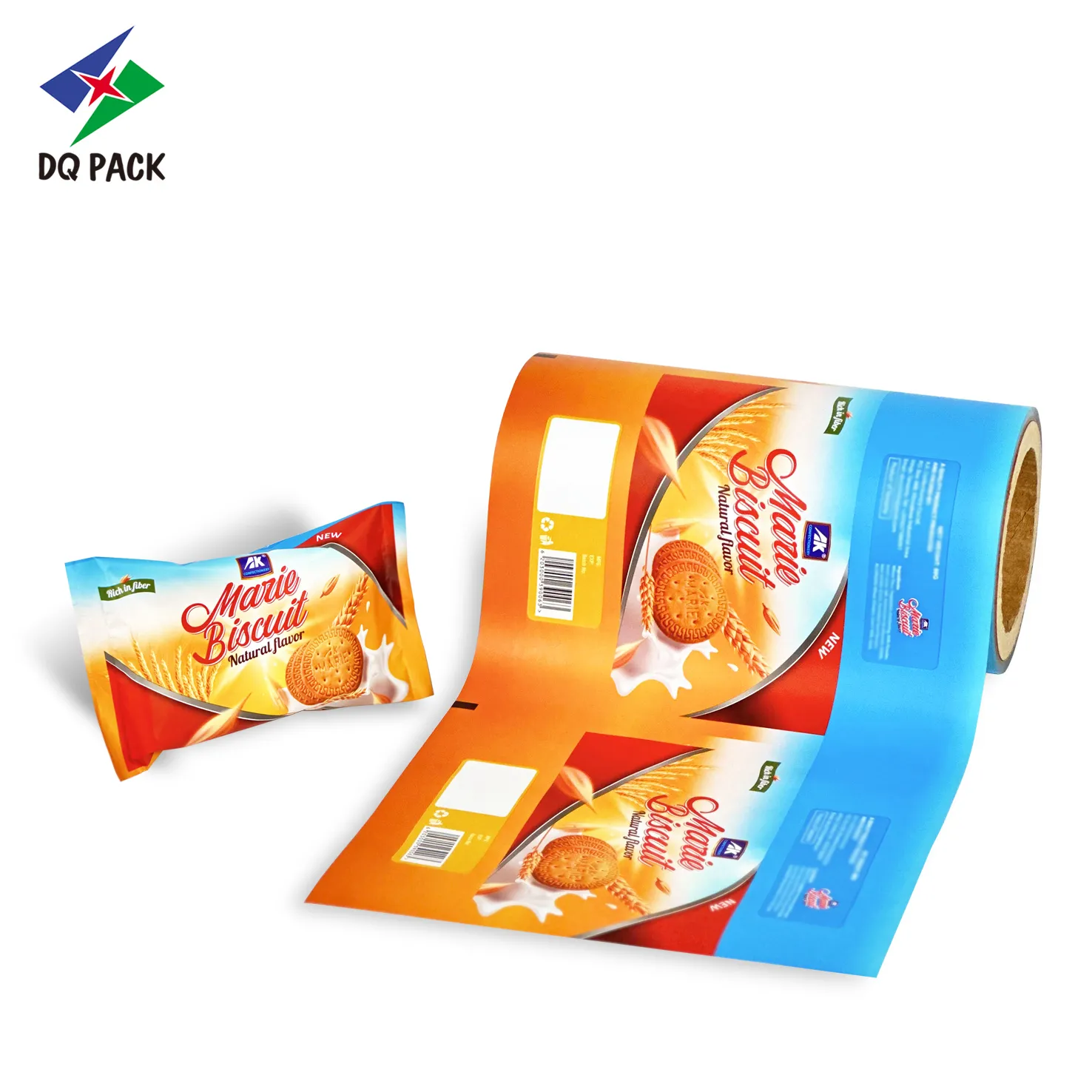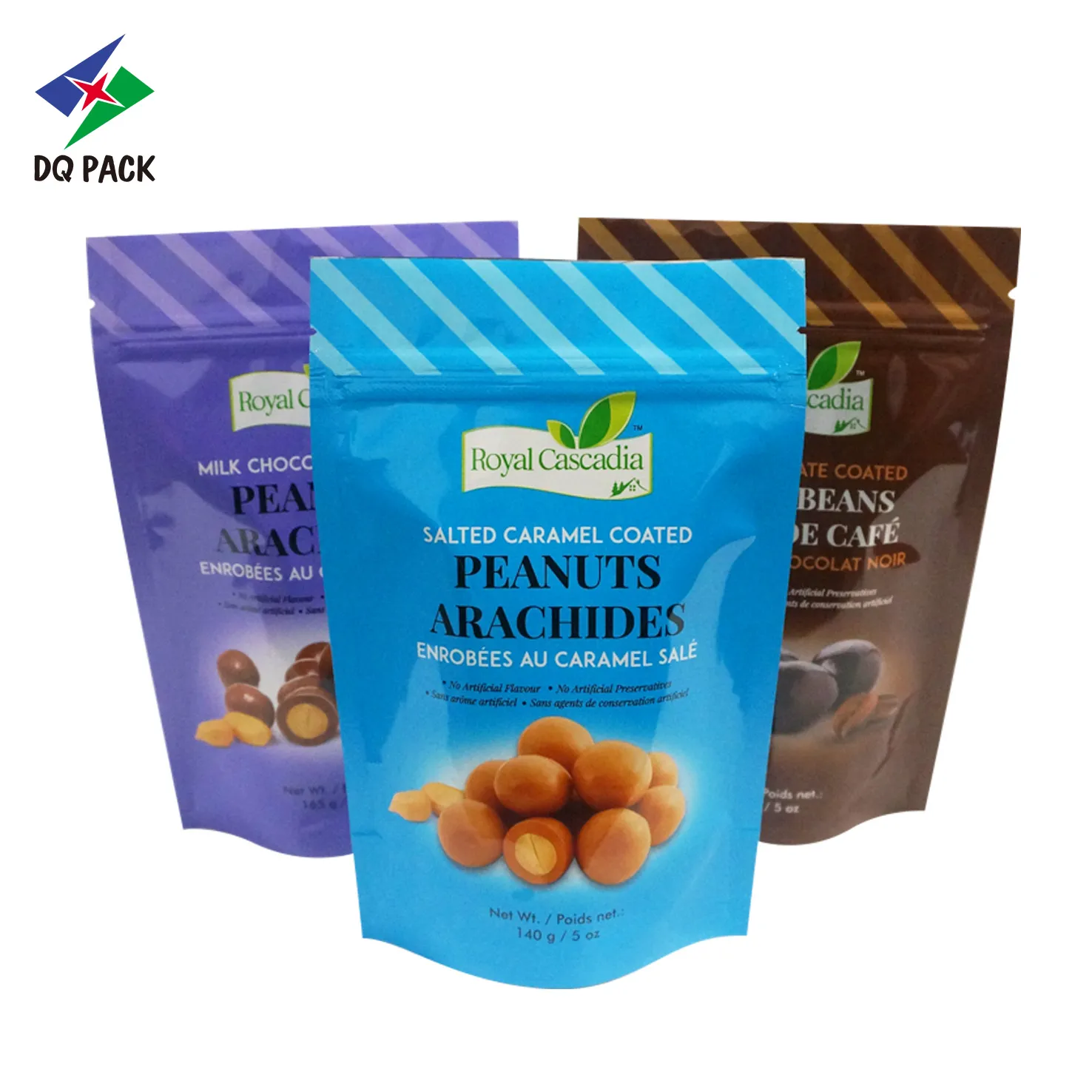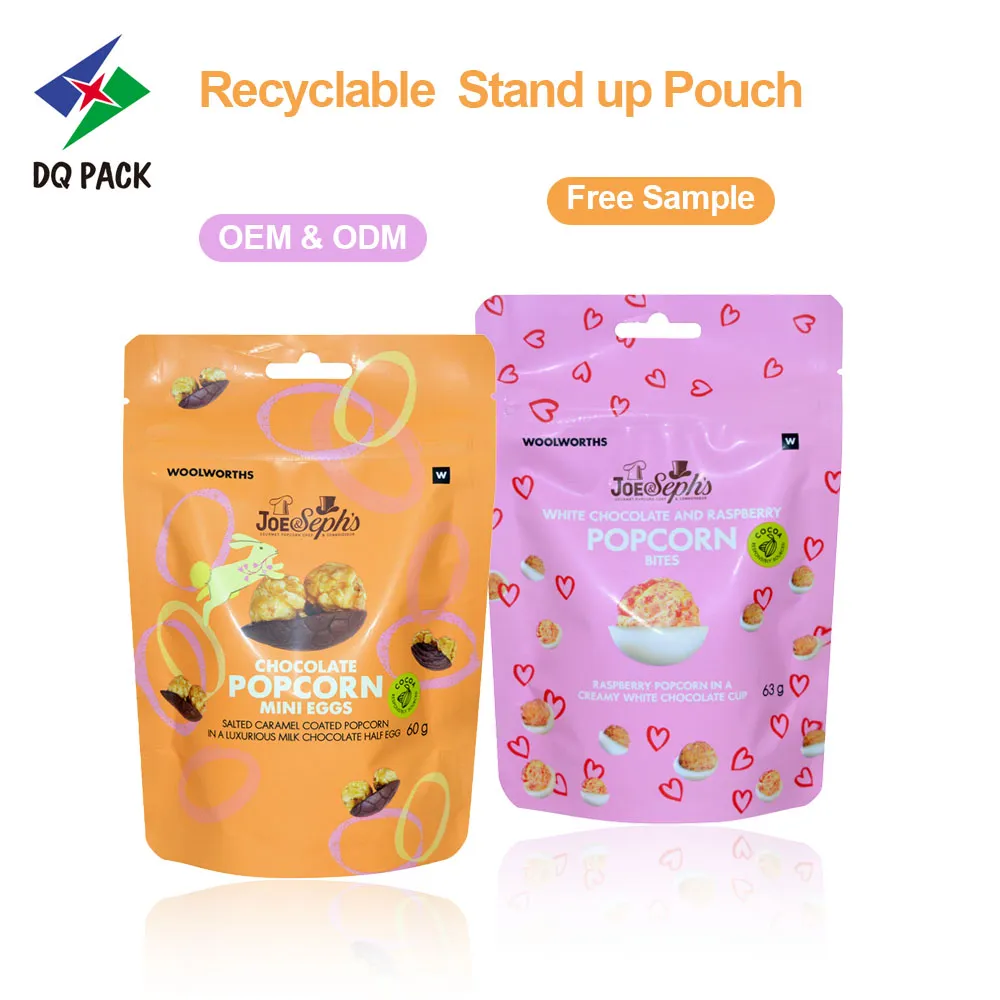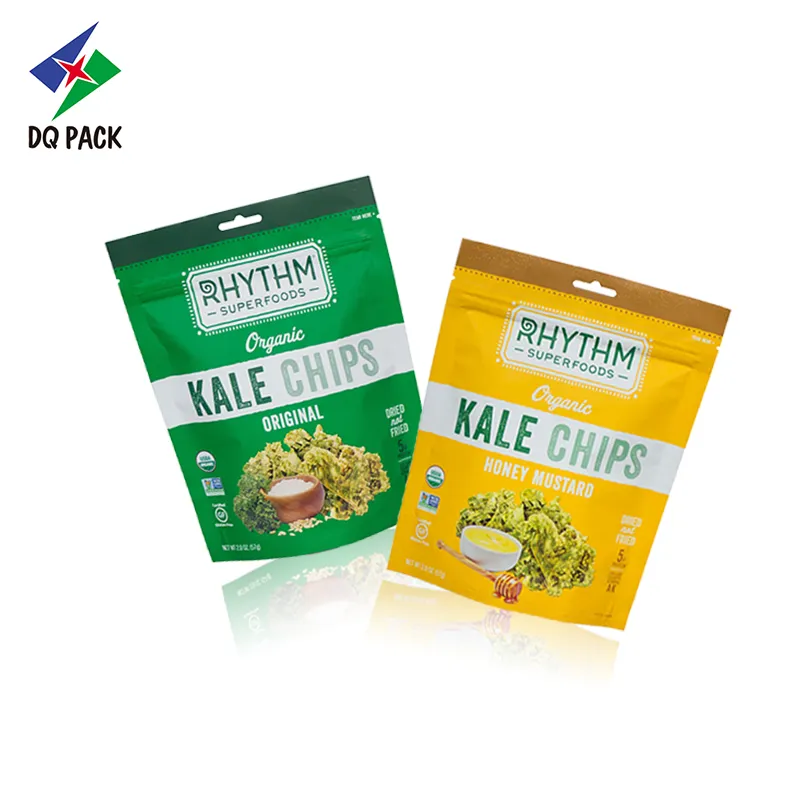The odor of composite packaging bags not only affects the quality of the contents but may also pose potential risks to consumers’ health. Therefore, reducing odor has become a basic requirement in the packaging industry.
En DQ PACK, we specialize in manufacturing high-quality composite packaging bags and films, ensuring that odor reduction is prioritized to meet the highest standards in food, pharmaceutical, and consumer goods packaging.
The Source of Plastic Film Odor
The odor of composite packaging bags mainly comes from additives, low molecular weight substances in resins, and volatile organic compounds generated during the processing of flexible packaging. Specifically, it includes:
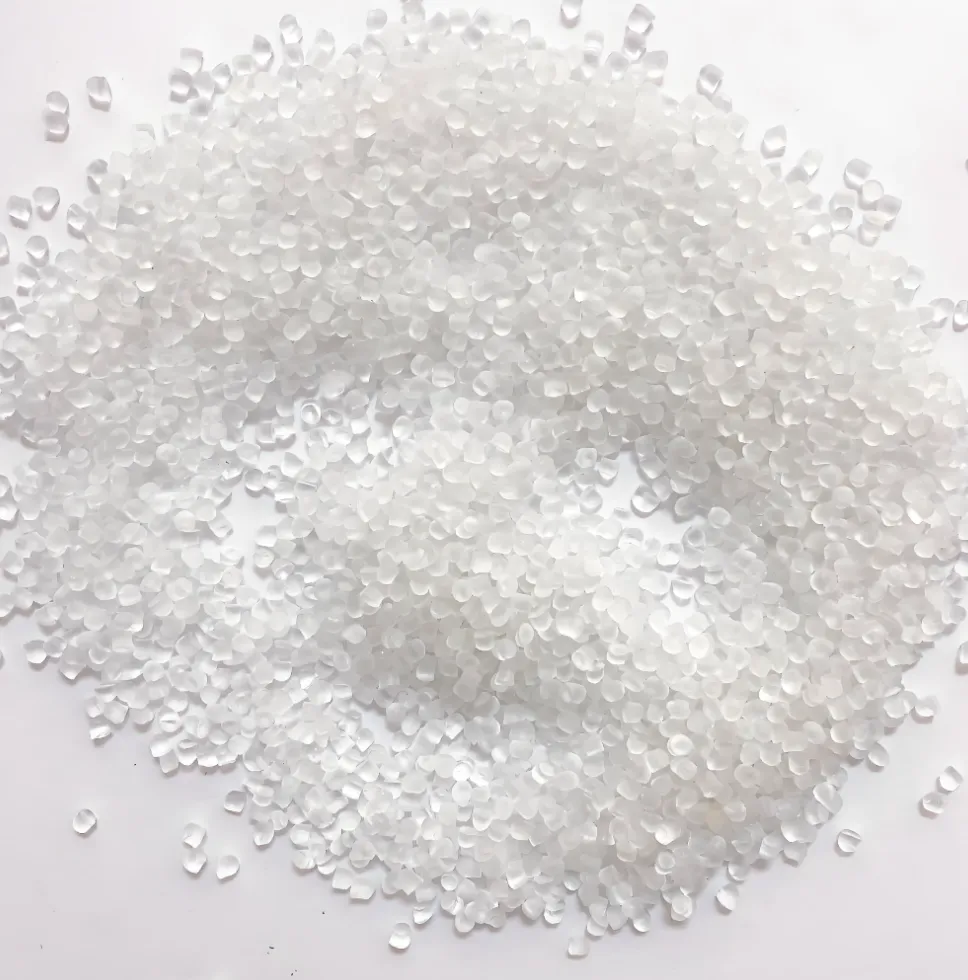
The influence of the resin itself
Thin films are usually made of polymer resins, and the synthesis process and molecular weight distribution of the resin can affect the odor.
- Solution method vs. gas phase method: The solution method can remove more low molecular weight substances after synthesis and has a better odor than the gas phase method.
- Low molecular weight substances: prone to oxidation and volatilization during extrusion, resulting in odor.
The impact of additives
Various additives are often added to resins to improve performance, but some additives may cause noticeable odors.
Additive odor characteristics:
- Smooth agent (amide) with a slightly sweet odor
- Antistatic agent has a strong pungent odor and is not suitable for low-odor packaging
- Anti-adhesion agent (SiO ₂/CaCO ∝) inorganic substance with a better odor of silica dioxide
- Antioxidants (phenols) have a certain odor
- Color masterbatch (wax/stearate) is easily volatile at high temperatures and has a strong odor
✅ Solution:
- Prioritize high-purity resins to reduce low molecular residue.
- Place volatile additives (such as masterbatch) in the middle layer of multi-layer co-extruded film.
Odor Sources During the Production Process of Composite Packaging Bags
Thermal decomposition and thermal oxidation
The thermal decomposition of polyethylene produces fatty/aromatic hydrocarbons of C3 to C28, among which the short-chain compounds (C3 to C6) have the most distinct odor.
During high-temperature extrusion, plastic will undergo thermal oxidation upon contact with oxygen, producing odorous substances such as aldehydes and ketones.
Corona treatment
Corona treatment increases the surface tension of the film, but excessive treatment can degrade the polymer and produce volatile aldehydes and ketones.
Heat sealing process
At high temperatures, additives such as plasticizers and antioxidants decompose, causing ink and adhesives to evaporate, resulting in odors.
Residual solvents in ink and adhesives
In the dry composite process, residual solvents such as ethyl acetate, toluene, and xylene are the main sources of odors.
International standards require residual solvents to be less than 5mg/㎡ and no benzene like substances should be detected.
✅ Solution:
- Adopting solvent-free composite process to avoid solvent residue.
- Optimize the drying temperature to avoid excessive deformation of the base film.
How to Effectively Reduce the Odor of Composite Packaging Bags?
Raw material optimization
Select high-purity resin to reduce low molecular weight substances.
Prioritize the use of low odor additives (such as silica instead of calcium carbonate).
Production process control
Optimization measures for process links:
- Printing reduces ink viscosity and reduces solvent usage
- Composite adopts solvent-free adhesive to avoid residual ethyl acetate
- Curing hot air circulation to avoid additive migration caused by prolonged high temperatures
- Control the intensity of corona treatment and reduce polymer degradation
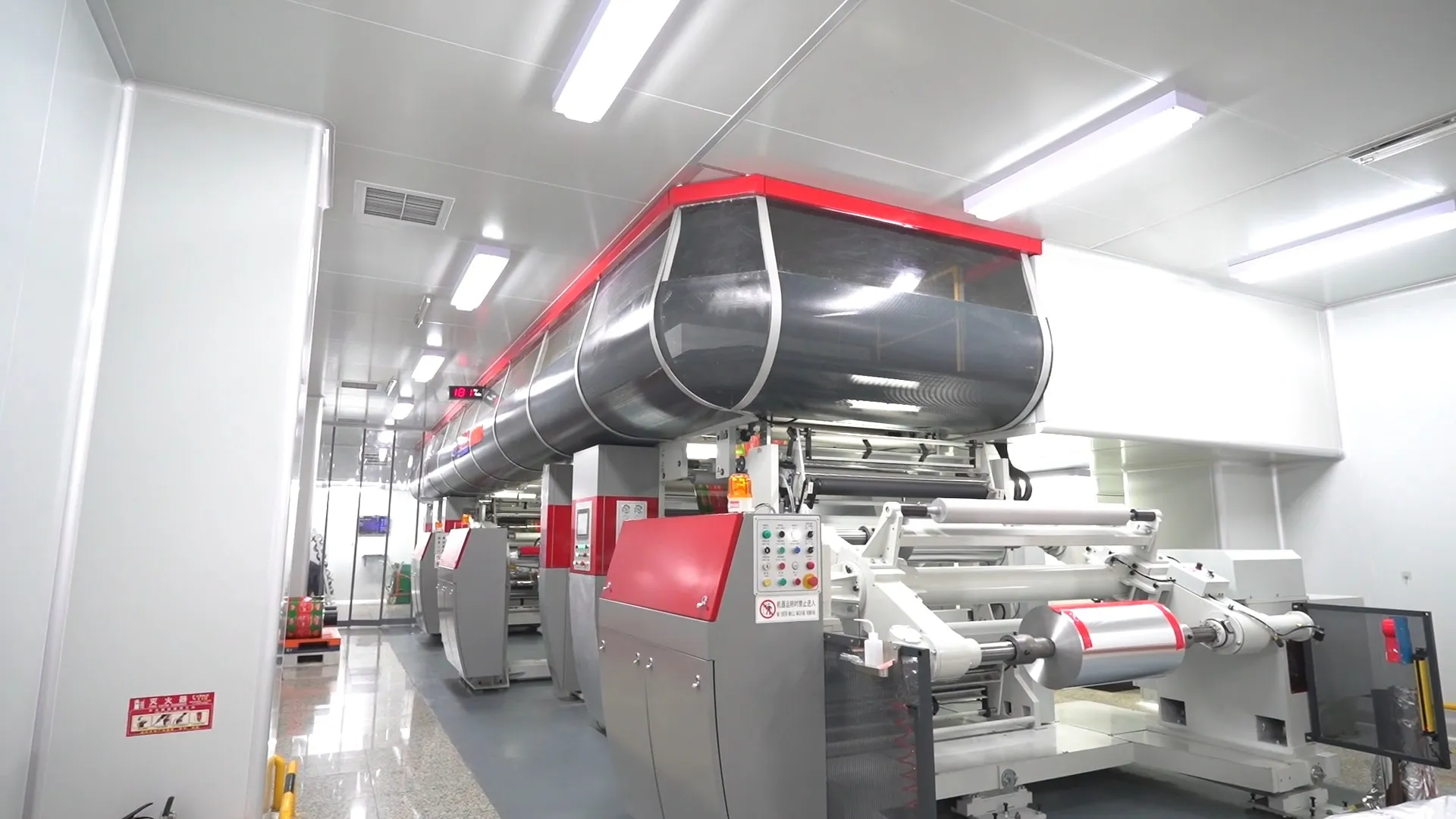
Residual solvent management
Printing substrate impact: BOPP is more prone to absorbing solvents than PET, and the process needs to be adjusted.
Product structure optimization:
Structures with poor barrier properties (such as BOPP/PE) are prone to solvent evaporation.
High barrier structures (such as aluminum foil composites) require strict temperature and humidity control.
Low odor film
Low odor film adopts:
✔ High purity resin, reducing the use of additives
✔ Special barrier layer to prevent the migration of volatile substances
✔ Solvent free composite process ensures food and pharmaceutical grade safety
Applicable to:
Envasado de alimentos (maintaining the original flavor of the contents)
Medical supplies (to avoid drug contamination)
High end consumer goods (enhancing user experience)

Conclusión
Reducing the odor of composite packaging bags requires starting from three aspects: raw materials, production processes, and solvent control:
- Preferred resin and additives to reduce low molecular weight volatiles.
- Optimize printing, lamination, and curing processes to reduce solvent residue.
- Using low odor film to ensure product safety and user experience.
PAQUETE DQ strictly controls various procedures to reduce odor emissions, and has also added a new solvent-free composite machine to produce soft packaging materials with low odor and high safety, meeting the high standard requirements of industries such as food and medicine.
Consult with our team of professionals to discuss guidelines for reducing odors in composite packaging bags and films.

